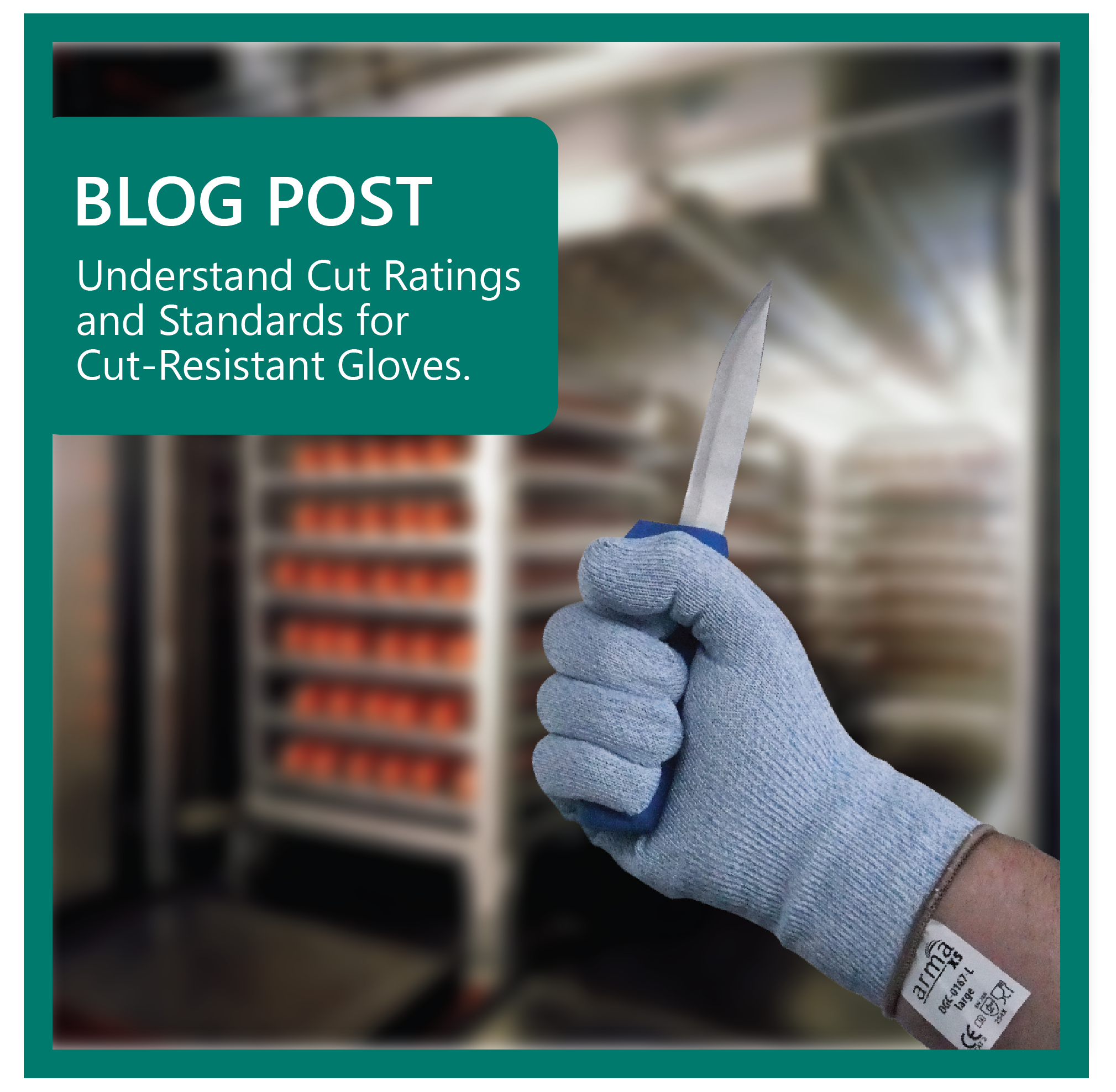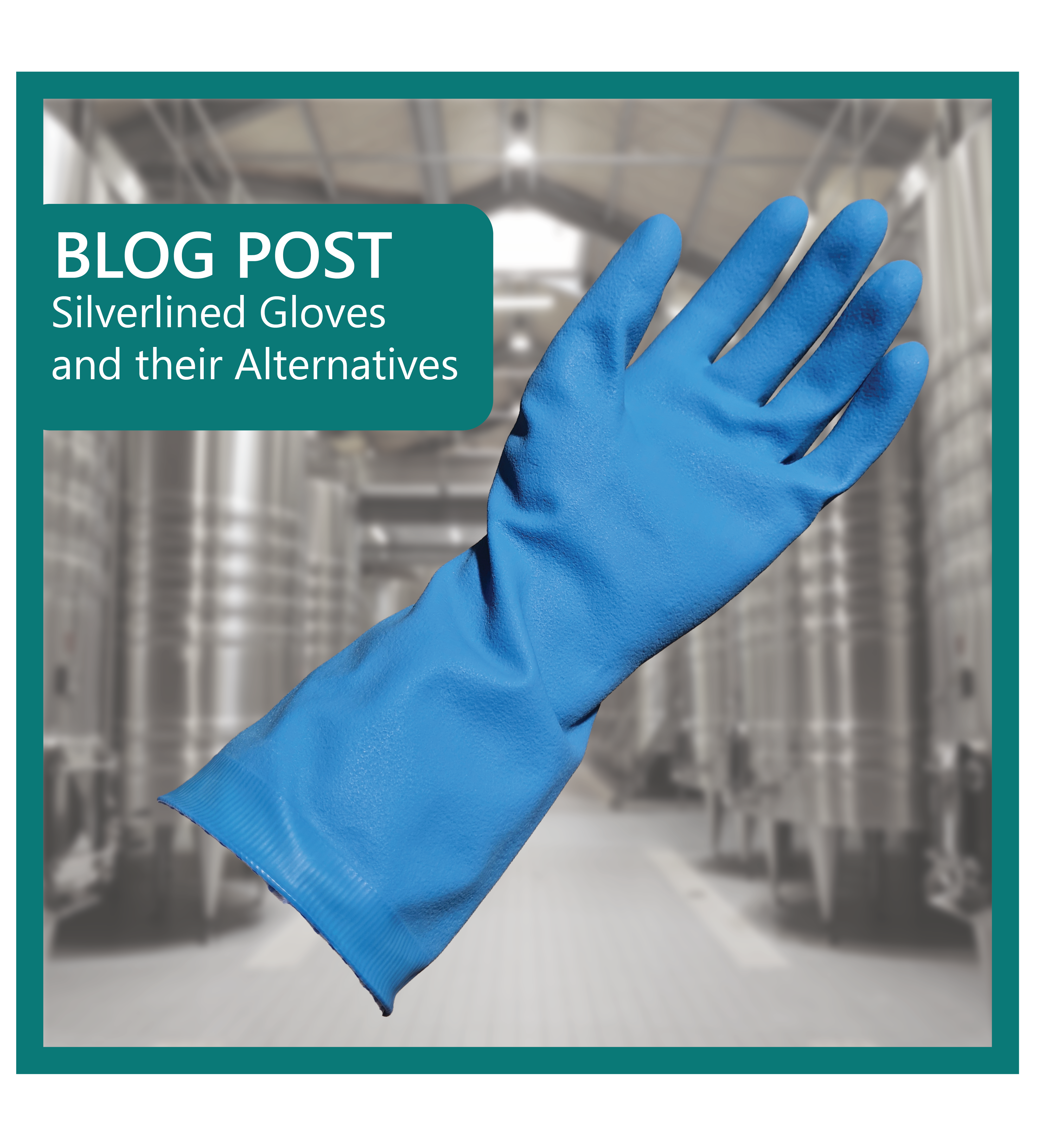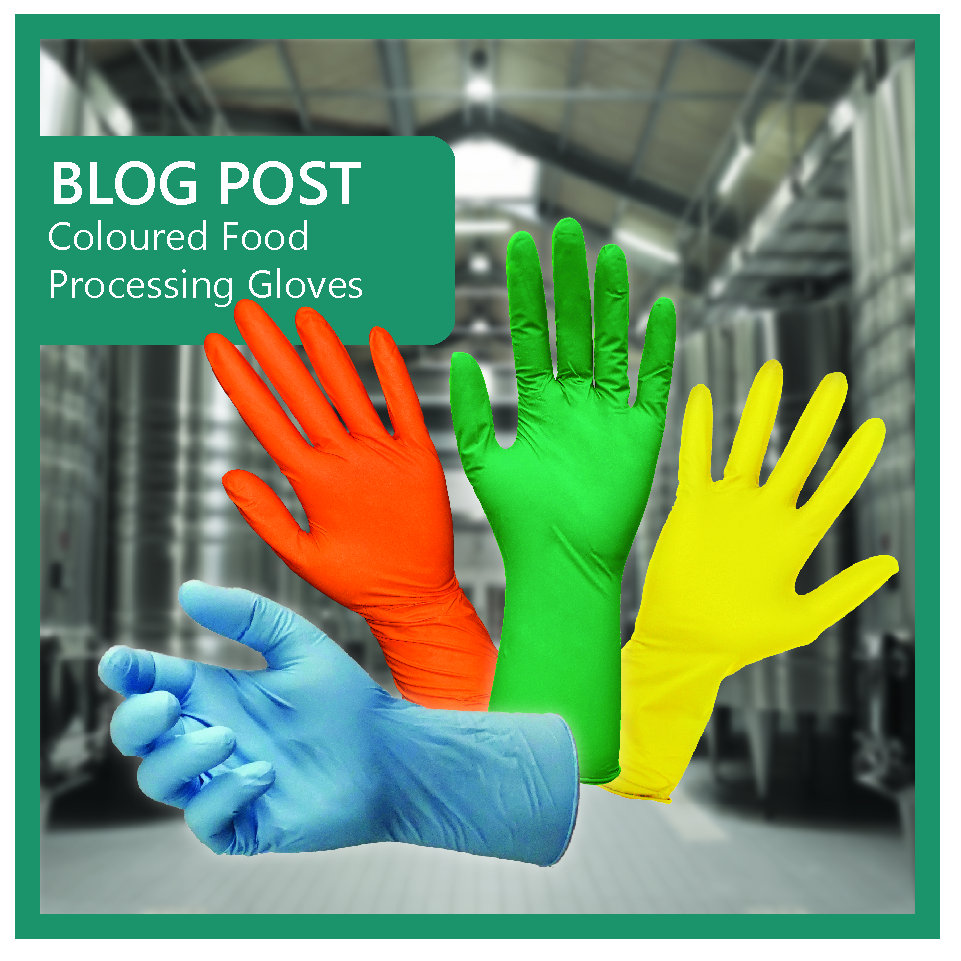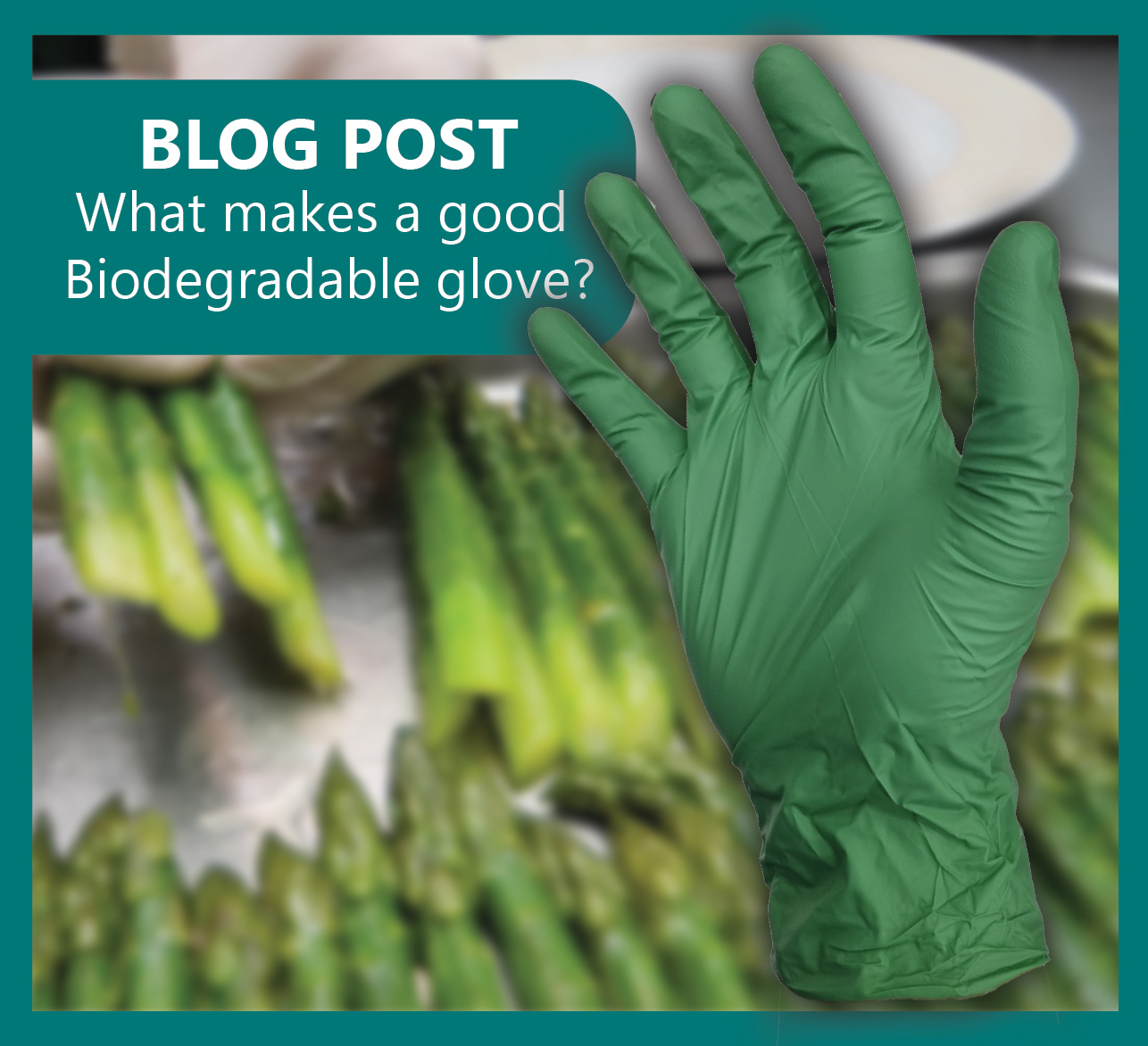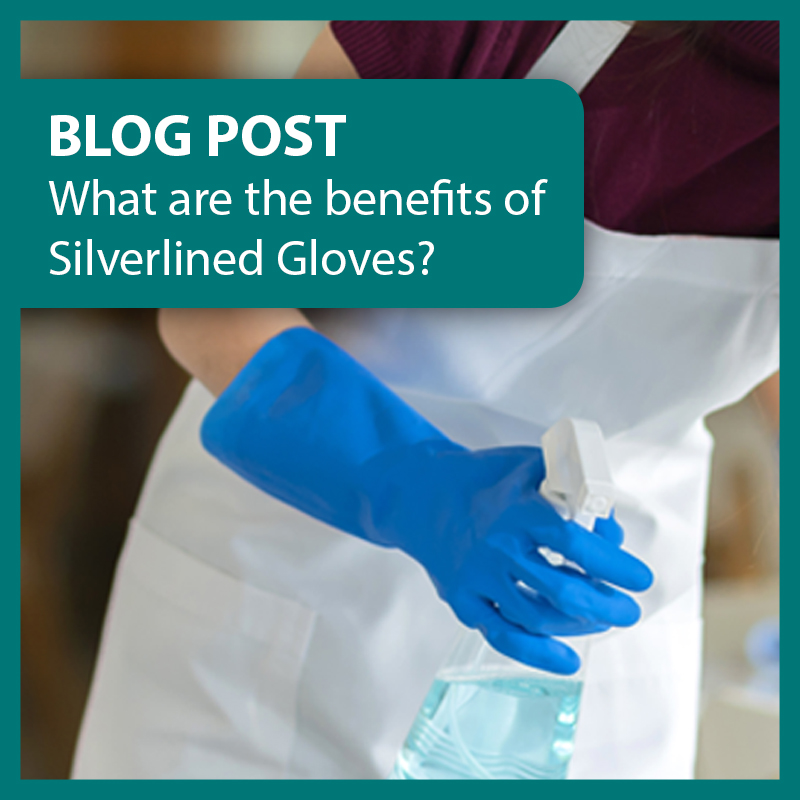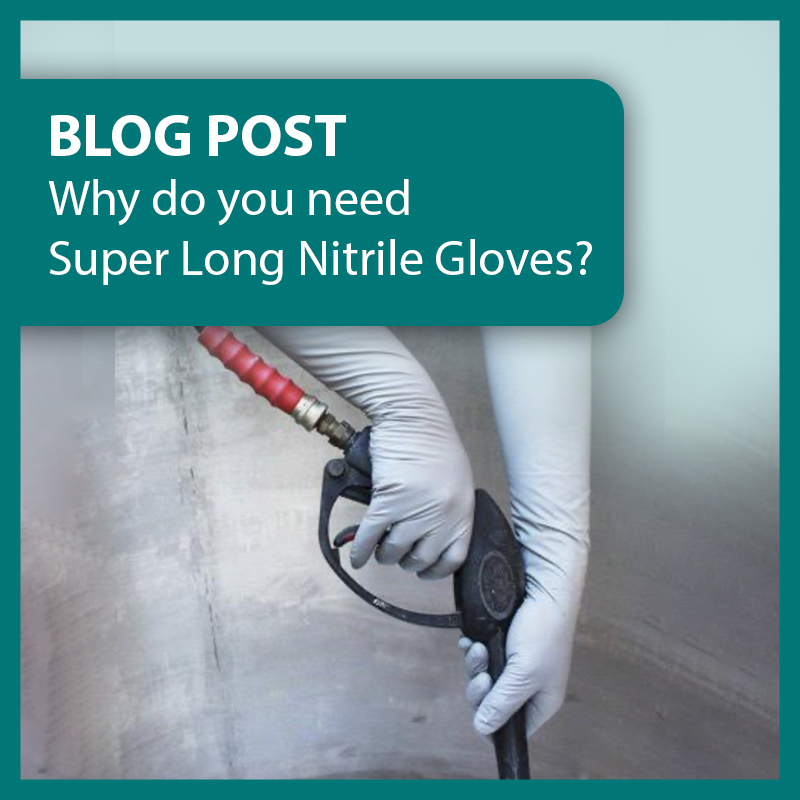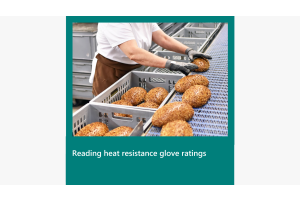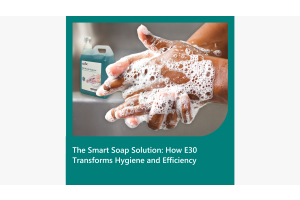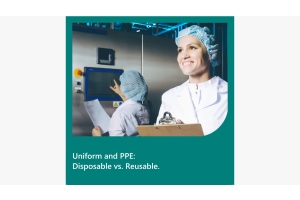gloves
-
Posted: May 30, 2023Categories: Product ComparisonsRead more »
In the food industry, safety is paramount, and hand protection is no exception. Cut-resistant gloves are a critical component in ensuring worker safety. But with so many ratings and standards out there, it can become confusing to navigate and understand them all. In this blog post, we aim to simplify and explain the different cut ratings and standards, both old and new, that dictate the level of protection offered by cut-resistant gloves.
Understanding Cut Ratings and Standards
Before diving into specifics, it's essential to understand what cut ratings are and why they matter. In simple terms, cut ratings indicate the level of cut resistance offered by a glove. Higher cut ratings mean that the gloves offer better protection against cuts. These ratings are standardized by various bodies, each with different testing methods and rating systems.
1. EN388 (European Standard)The EN388 standard is a popular and widely
-
Posted: February 23, 2023Read more »
In the food processing industry, workers are often exposed to various work environments that require different types of personal protective equipment (PPE) to maintain hygiene standards. Among the body parts most susceptible to harm are the hands, which are prone to burns, cuts, and exposure to harmful chemicals.
To facilitate easier hand insertion, a grey-coloured coating is applied on the inside of rubber latex gloves. So-called silver lined gloves are generally thicker and offer better resistance to chemical and abrasive hazards than disposable nitrile gloves, making them a good choice for tasks that require heavy-duty protection. They also have better temperature resistance than disposable gloves.
Although silverlined latex gloves are an excellent option for protecting against these risks, a small percentage (less than 1%) of individuals may experience allergic reactions.
-
Posted: February 10, 2023Read more »
In the food processing industry, colour coding is an effective way to prevent cross-contamination and reduce the risk of allergen exposure.
Designating a specific colour to different ingredients or parts of the process allows employees to identify and maintain food safety standards quickly.When deciding which colours to use, it's important to start by identifying which ingredients require segregation. For example, if you have allergens such as nuts or gluten in your food processing site, it's important to consider the colour
-
Posted: January 16, 2023Read more »
Why is biodegradability so important?
Biodegradability is a crucial aspect to consider when it comes to protecting our environment and reducing the amount of plastic waste that ends up in landfills. Biodegradable plastics break down into natural substances like water, carbon dioxide, and biomass, rather than persist in the environment like traditional plastics. This helps to reduce plastic pollution and its negative impact on ecosystems and wildlife.
It is important to note the difference between oxo-degradable and genuine biodegradability. Oxo-degradable plastics contain additives that cause them to break down when exposed to certain environmental conditions, such as heat and UV light, but they do not break down into natural substances and can persist in the environment for a long time.
Although disposable gloves are essential for maintaining food safety and preventing the spread of germs and bacteria, the number of gloves used and discarded is substantial, and
-
Posted: May 30, 2022Read more »
The food processing industry has valued silverlined gloves for many years. While Nitrile gloves have often replaced them, silverlined gloves are still preferred in many circumstances. There are a few points that make silverlined more suitable for various tasks.
Let’s start with the term silverlined. This is an Australian term, which refers to the smooth ‘grey’ glove interior. This smooth texture is designed to make donning more efficient. The exterior of the glove (typically blue in the food industry) has a raised surface texture. Some common textures are honeycomb, fish-scale, pebble, sand patch or diamond. These are all excellent forms of grip to ensure ease of use... Sand patch is typically used in wet environments, while fish scale and diamond are more suitable for a dry environment, although these are interchangeable. Silverlined gloves are often referred to as ‘washing-up gloves’ as they are used in a domestic environment. They are the ideal heavy weight disposable
-
Posted: May 17, 2022Read more »
Long gloves or long cuffs have become a valued part of the food industry, they help to keep sleeves tucked in, extended reach, along with cleaner more protected hands. A standard long cuff glove typically reaches a further inch up the wrist. Extra-long gloves however, extend well beyond this to the elbow or further. The additional length has many beneficial purposes for the food industry. The extra reach means your team members can use them for tasks such as cleaning equipment. Allowing protection from chemical splashes, which then also protects not only direct skin contact but also uniforms and clothes.
The only alternate for a long cuff is a sleeve cover. While sleeve covers are excellent for everyday use in a food factory, specialised tasks require extra protection which is why long gloves are the best suited product. The main advantage is no gaps at the wrist, allowing complete splashproof protection for the entire arm. The nitrile chemical-resistant

